How to Successfully Use a Planner (and Stick with it!) to Create an Organized Life
Using a planner consistently can be tricky.
It’s easy to fall off and it has some disadvantages. But I’m here to encourage you that it’s worth your time and effort to use a planner.
Once you learn these tips you’ll finally be successful and have an organized life.
Using a Planner to Stay Organized
A new planner is like a bowl of ice cream with a cherry on top. Who doesn’t love a cute, new, unblemished planner, ready for you to create an organized life? A fresh, blank planner gives you hope that you can accomplish something – and you can!
I know, using a planner to stay organized isn’t as simple as it sounds. We have all picked out a planner, only to never use it. Seeing those beautiful (but expensive) Erin Condren planners, Day Designer planners, and especially the Happy Planner; make you fall in love with the idea of getting super organized.
But let’s face it, having the perfect planner isn’t going to get you organized. Those fun stickers and thought-provoking quotes aren’t going to get you organized.
Knowing how to use a planner effectively won’t come from the kinds of tools you have.
After buying many planners and using them unsuccessfully, I realized something very important. Once you realize the secret to creating an organized life, you will be able to use your planner to stay organized, find clarity and get peace in your everyday life.
In light of this, I’m going to share with you exactly how to use a planner to organize your life.
What Do You Use a Planner For?
You may be thinking a paper planner is just a glorified calendar that you carry around with you. And frankly, if you are thinking that, you probably won’t use a planner at all. Or if you have used a planner with this mindset (that it’s just a calendar extension for writing down dates), you probably have dropped off.
That’s what happened to me and I love planners! #planneraddict
I have always loved planners and calendars.
Although now I’m going to distinguish the idea of what a planner is from a calendar. There is a difference between these two words. Although they can be used synonymously and some functions overlap.
What is the Point of a Planner?
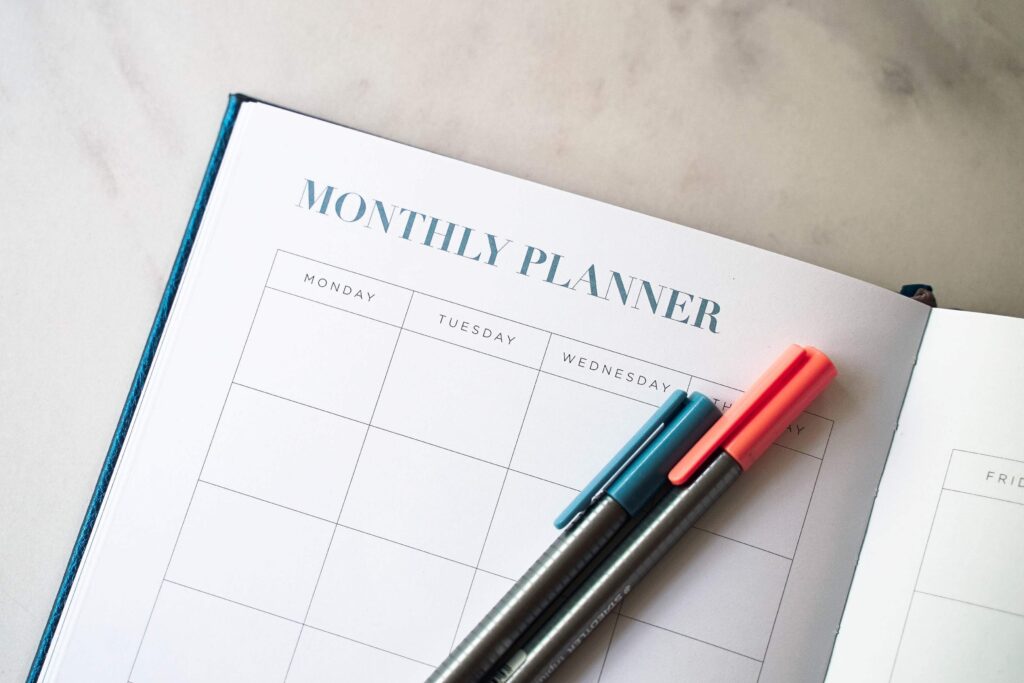
Using a planner to stay organized means more than jotting down dates to remember. Although that is a part of it. The purpose of a planner is literally to write down your plans, not just your appointments.
Consider things like:
How do you plan your morning? What does your day at home look like? How do you plan your day at work? How do you organize and plan your work?
You can really build every moment into your planner if you like.
Some people just create morning routines, some people use a planner as a journal, others like to create goals for their year or quarter, and some people keep track of to-do lists.
The point of a planner is to have all in one place a concrete method of keeping track of what’s important to you, along with a strategy for accomplishing them.
If you have never really considered all the things you could do with a planner, here are some planner ideas for staying organized.
Things to put in a Planner
- Grocery List
- Menu Planning
- Book Lists
- Goals List
- Memorization Lists
- Party Planning
- Daily to-dos
- Brain Dumping
- Vacation Planning
- Christmas Planning
- Family Birthday Planning
- Work Schedules
- Doctor Appointments
- Seasonal Cleaning Lists
- Monthly Planning
- Summer Kids’ Activities Planning
- Household Routines and Chores Lists
- Bill payments
- Budgeting
- Savings Goal Tracker
- Bucket Lists
- School Projects
- Weekly Schedule
- Mood Tracker
- Exercise Tracker
- Period Tracker
- Habit Tracker
- Sleep Tracker
- Home Projects
- Giving you peace of mind
So, what do you use planners for? In a nutshell, planners are used for creating plans.
I admit while looking at that list of planner ideas, for some this may just seem like a fun hobby. Even though using a planner can be a fun activity there are some real benefits that I know you’ll want to enjoy.
Benefits of Using a Planner

Once, I listened to a podcast where the speaker explained how he kept his organization moving forward. He mentioned reading a book on time management and getting things done. But his wife asked him, “Why are you wasting your time reading a book on time management? Why don’t you just get up and get things checked off your to-do list instead of reading about it?”
I don’t know if it was the speaker’s point to make us laugh or truly consider the irony of his situation. But you may be wondering a similar thing. Why take time to stick with using a planner? Is it worth the hassle?
Pros and Cons of Using a Planner
Now let’s look at the pros and cons of using a planner.
| PROS | CONS |
| Knowing all your errands, supply needs, appointments, plans and contact information is in one place | Learning how to use a planner |
| Feeling organized propels you towards getting more organized | Keeping track of the location of a paper planner |
| Being well prepared for daily life, regular events and holidays | Frustration from needing to make a note or reference your planner while you are out and away from it |
| Reduces time conflicts | If digital, the chance that you can’t access the app or website when you need to |
| You’ll be 70% more likely to accomplish your goals and tasks just from writing them down | If digital, the chance that it gets deleted or the text becomes scrambled |
| Makes life more predictable which lessens your stress | Makes life more predictable which could lessen your fun or flexibility |
| Ups your confidence about what’s happening around you which positively affects your self-esteem | |
| Allows for greater creativity within your everyday situations |
So as you can see there are definitely some cons to keeping a planner. I can tell you about times when I could not access my digital planner in Evernote (i.e. at the grocery store and can’t get my grocery list).
However, most of the cons have to do with logistics that can be learned or inconveniences that can be avoided for the most part. While the benefits of using a planner are centered around the betterment of your life.
Using a planner can not only create an organized life, but if you stick with it, it can improve your confidence and increase your accomplishments. These benefits can and will spill over to your friends and family, increasing their quality of life as well.
This should have you super excited to get started. I know I am excited to share with you the 3 main steps to successfully using a planner.
Using a Planner to Create an Organized Life
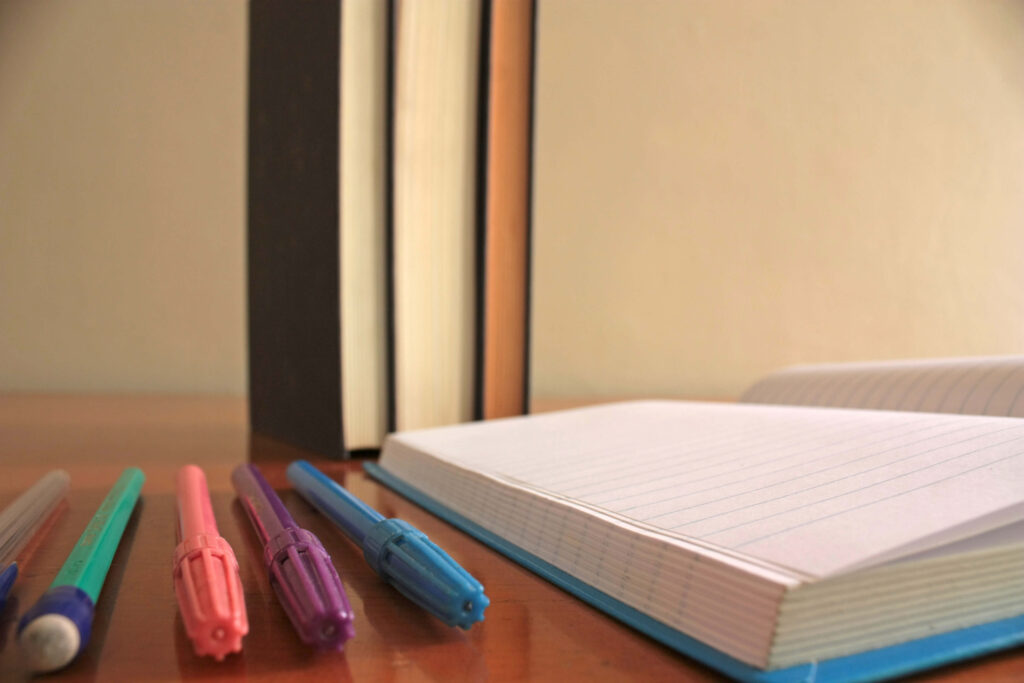
There are certainly many ways to use a planner, but if you go to the store and pick up a regular planner (not the flashy, multilayered ones), you won’t necessarily have the prompts for what to do to get you more productive. So I want to give you these 3 main steps.
Step 1
Start by writing down in your planner anything going on the next day that you haven’t yet. You may need your phone. I get texts from people all of the time and forget to write down the times, days, or locations of where I’m supposed to be. I know it in my head, but I also don’t know it.
If you do this too, then you know what I mean.
Just starting out, look at the next day. But after you get the hang of it, you can write down your week’s worth of activities (like a weekly review) and/or do a daily update.
Taking time in your evening routine to review and update your planner is the best idea. But as we discussed, having a consistent morning planner time is also essential.
I would highly recommend using your planner 2 or even 3 times a day. But if you are just starting out, create a once-a-day planner routine that you can stick with.
Step 2
Once you have an idea of your appointments and schedule, now you can look into your important tasks.
As a result of writing down your activities first, you’ll know exactly how much free time you have to accomplish your most important tasks.
Every day you need to know what are your important tasks, which, if you don’t know these, you can review your Master To-do list. This Master list can be in your planner somewhere, but it shouldn’t be something you look at trying to accomplish every day.
If you want to stick with using a planner, you absolutely need to create doable daily goals for yourself.
Keep your daily must-do list to 3 main tasks.
These top 3 tasks should be your focus for the day. I know there are a zillion tasks to do every day, especially if you are a mom, but to be successful, you need to zero in on the most important things.
But, you may be thinking, I already know the most important tasks. What’s the point of writing those in a planner?
I’m not talking about cooking, laundry, and baths – those are ongoing tasks. Maybe you need a reminder on your phone for those, but that should not be a part of your 3 things to get done that day.
This is how we lose momentum: mixing up ongoing tasks, goals, and projects with important one-time tasks.
Ongoing tasks like washing the dishes can be placed on your list, however, you must know it is never completely finished. It will only be done for that day. Ongoing tasks are better managed within a schedule or routine, not a to-do list. Some planners also have an area to list your daily routines.
To learn more about how to manage ongoing tasks, check out my post on Super Simple Guide to How to Use a Planner for Beginners.
Step 3
Breaking up, or dividing, tasks is the last step in successfully using a planner.
If your task is too involved and you can’t complete it in one day (or one day with interruptions that you weren’t expecting!) you will feel like a failure. What if that happens again and again? It becomes an obstacle to make this list or write things down only to see ourselves not reaching our goals day by day.
If you aren’t accomplishing anything you probably won’t continue using your planner.
To ensure that you will reach your goal make it obtainable!
If a task is pretty involved and has more than 2 parts, you might want to list part 1 on Monday, part 2 on Wednesday, and part 3 on Friday.
If you don’t have time on those days, you can make it a goal for the month. Part 1 on week 1 Monday, part 2 on week 2 Monday, and part 3 on week 3 Monday, until the task is completed.
The Secret to Using a Planner Effectively

Remember earlier I talked about how I found the secret to using a planner effectively? Before I end this post I want to share this secret with you. Really there are 2 parts, or mistakes, that people make with planners. These mistakes are why many people don’t keep using a planner for long, or they bob in and out of using a planner.
Unquestionably, one of the biggest mistakes people do (and I have done) in using a planner is to reference it only once a week or when they think they need it. If someone asks you to meet up, then out comes the planner. After you jot down your day and time, then away it goes until you need to make another appointment or add something to your list.
This is a huge mistake!
You will never organize your life when you do this. You are only organizing your appointments, and frankly, you need a calendar, not a planner. Don’t waste your time reading posts like this or buying big fancy planners.
You are wasting your money!
Don’t get me wrong, clearly, you need to write notes and remember dates in your planner.
But to use a planner effectively you need to reference it more than when someone wants to make an appointment with you. As we discussed, you need to write down your plans and you must review your planner daily.
DAILY.
Depending on your needs, even several times a day may be necessary.
How to Stick with Using a Planner
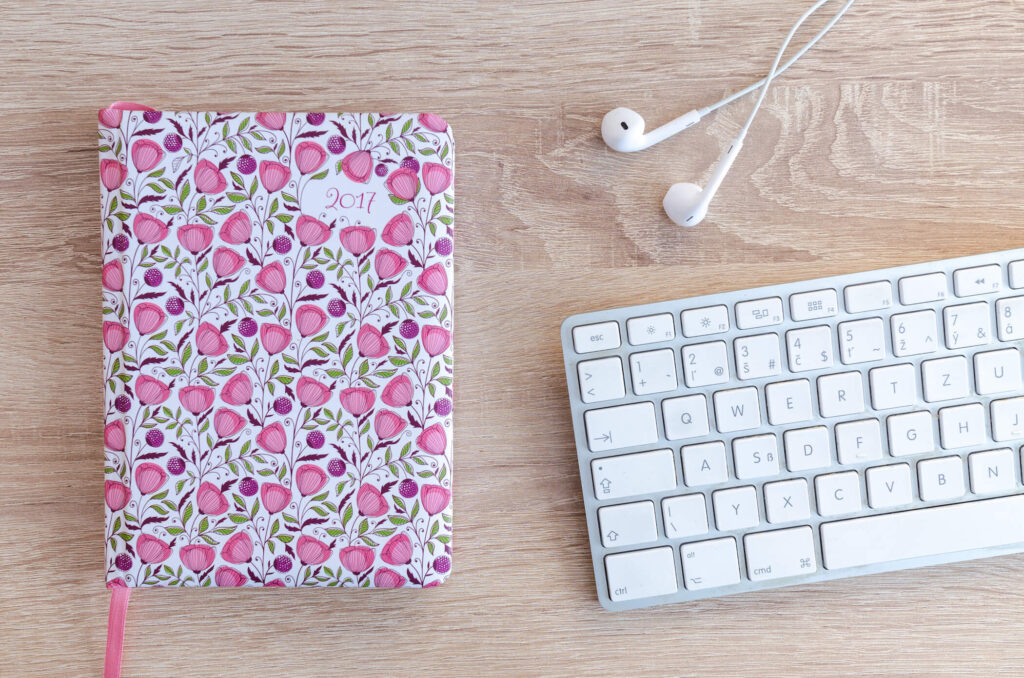
The other big mistake that people make and end up not sticking with it is not creating a habit. If you think about it, doing this effectively takes time and effort. And anything that takes time and effort, will need to be built into your life. If you don’t carve out time, planning will easily drop off.
As a matter of fact, you absolutely must be consistent. You can build this habit of consistency by habit stacking.
Now, habit stacking is a whole other blog post, but essentially you can build a habit by adding onto an established habit. I find adding my daily planner routine to my morning routine has yielded the greatest benefits.
If you don’t already have a good morning routine, where you don’t feel hurried, then you need to create one and include using your planner. It’s that simple.
Conclusion

See, using a planner is not a complicated process.
There are just 3 main steps: scheduling, prioritizing to-dos, and dividing up tasks. By doing these steps on repeat, you will get the benefits of organization, confidence, and control – the organized life you want.
Want to know more about how to plan your day? I’ve got some great tips in my Super Simple Guide to How to Use a Planner for Beginners
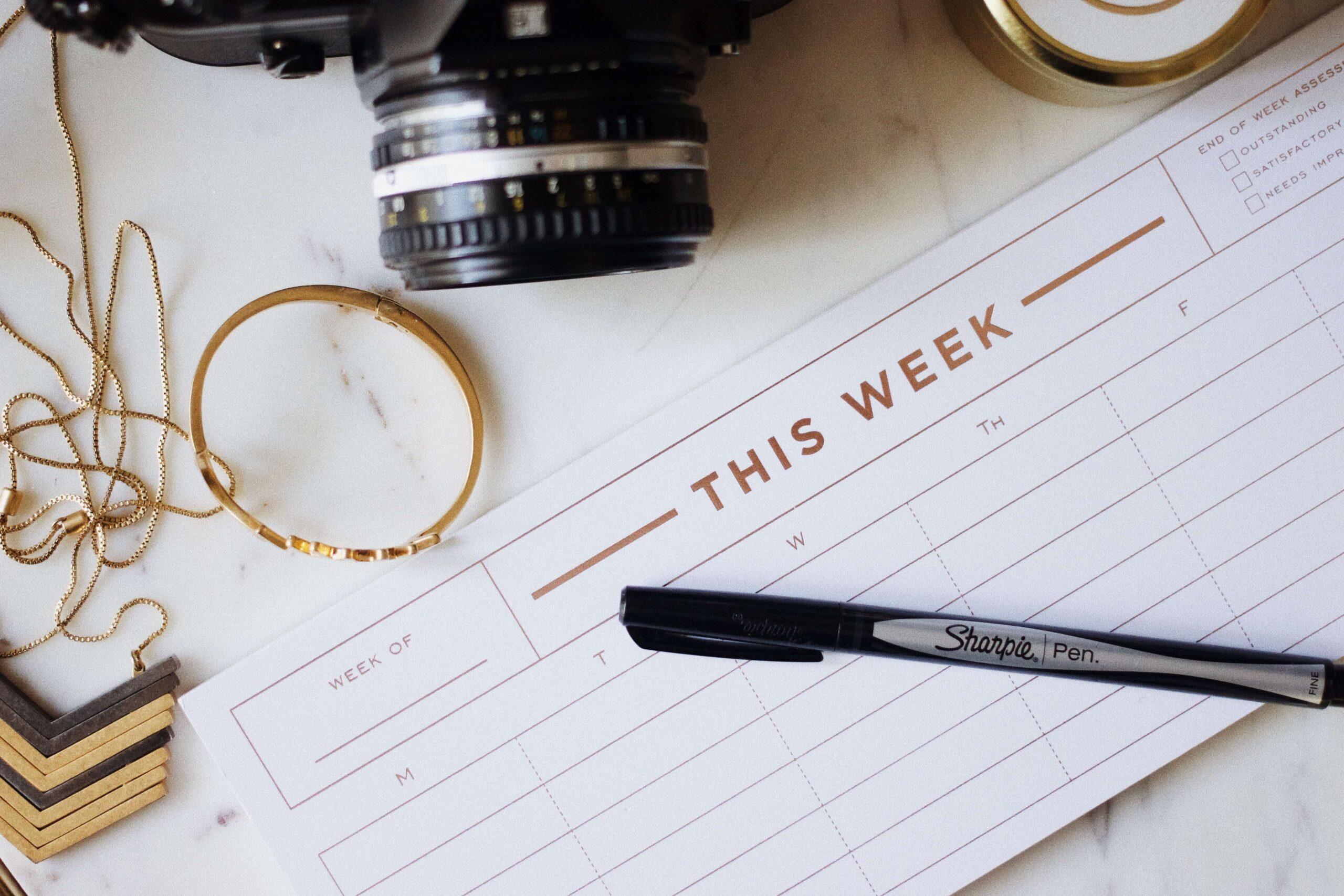
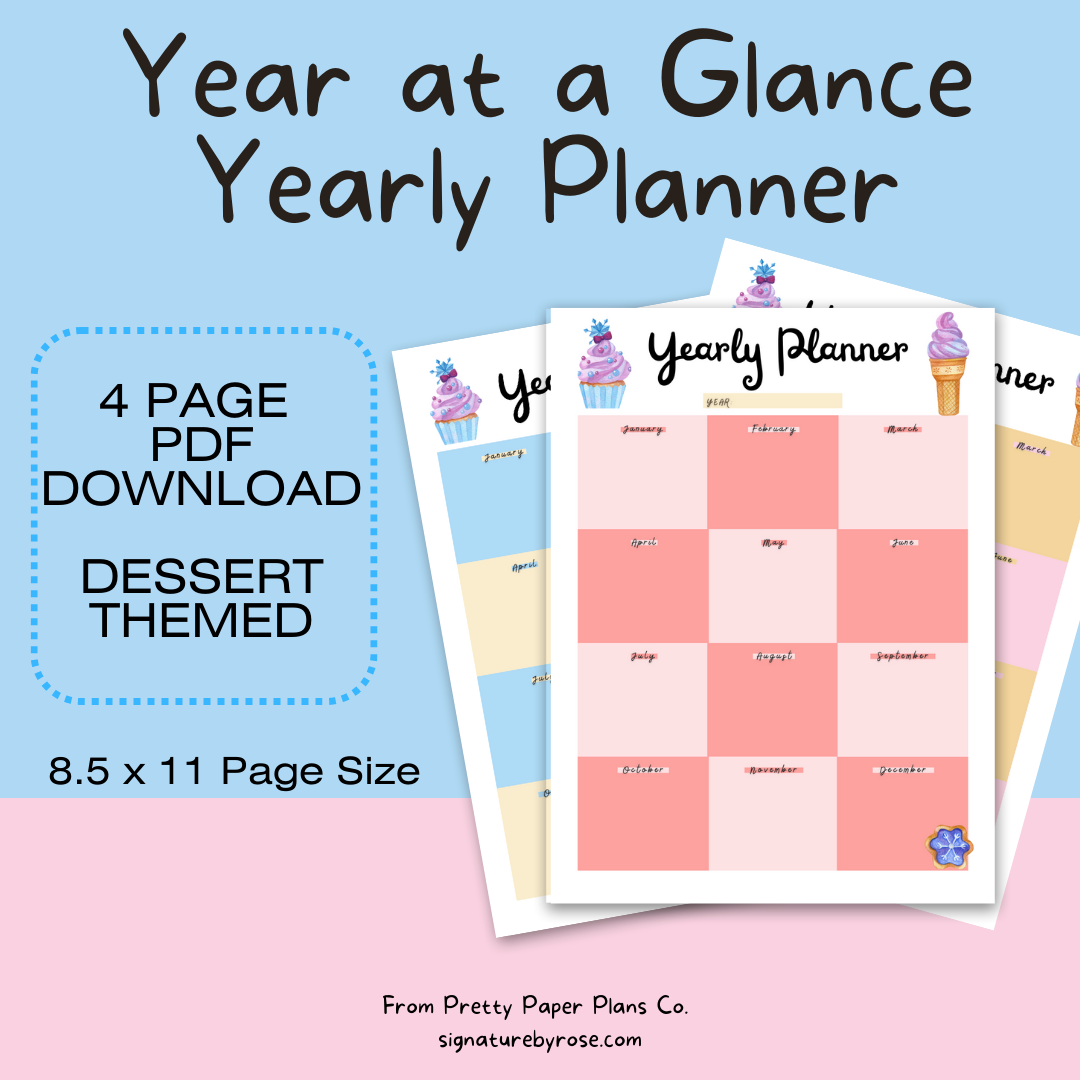
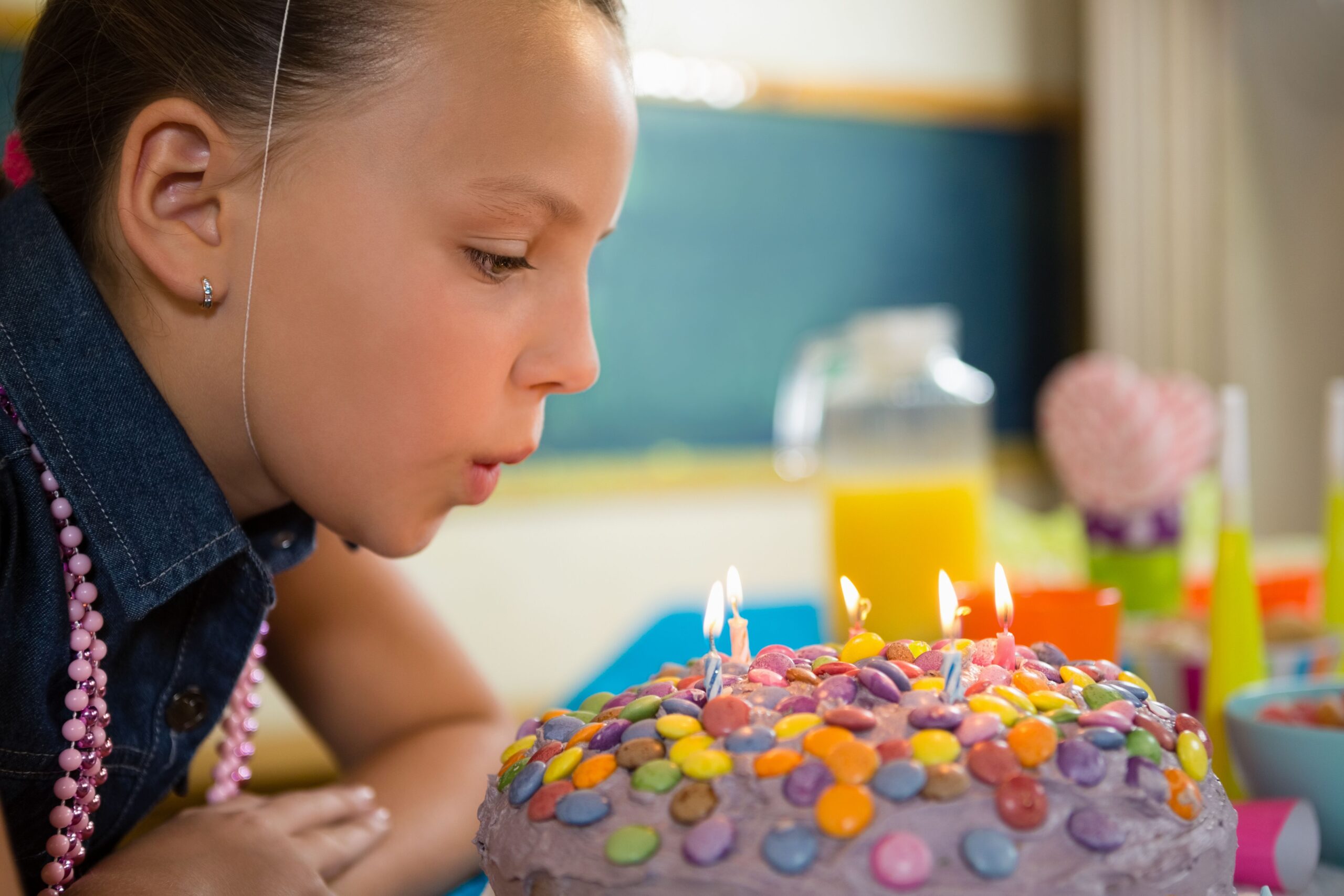
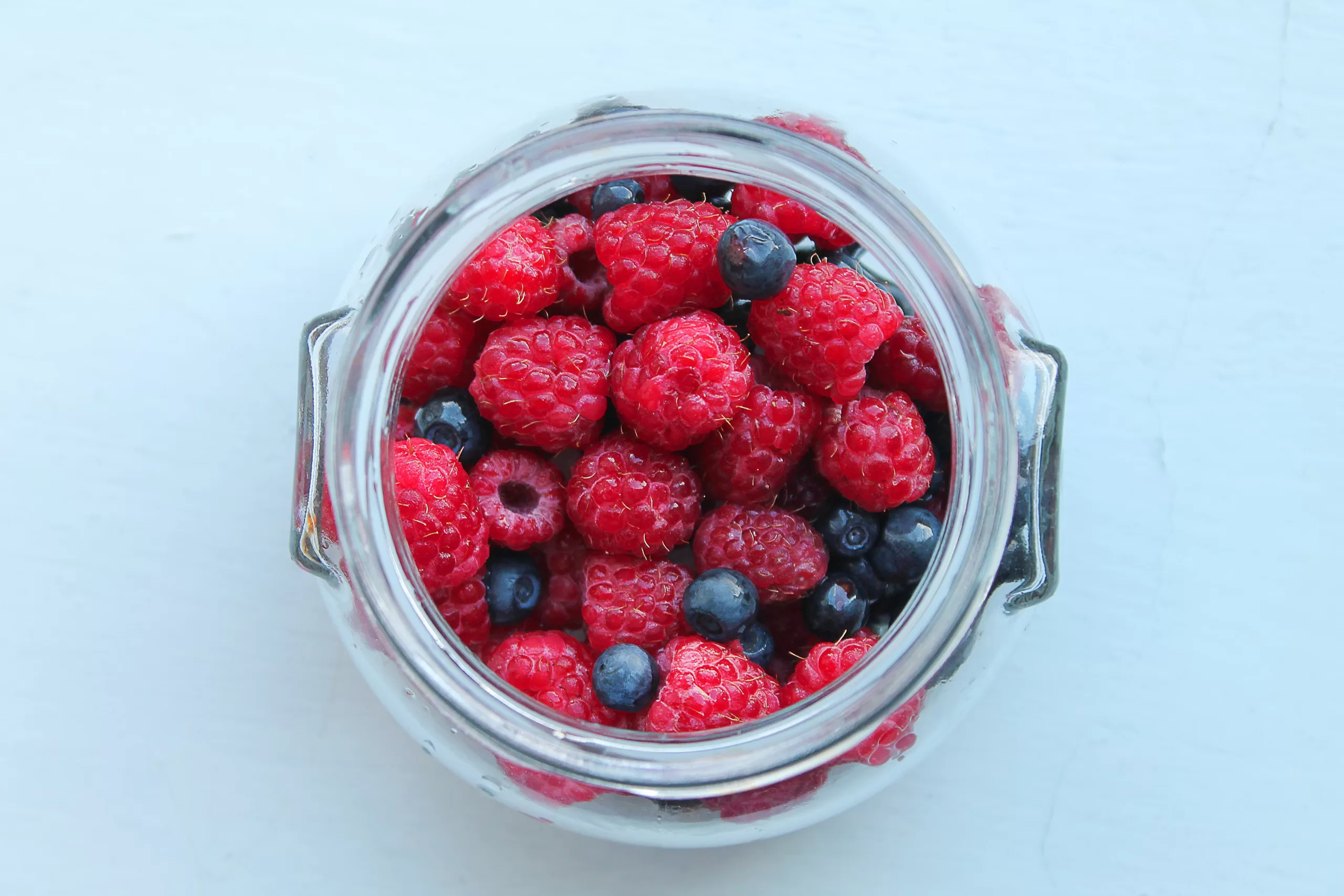
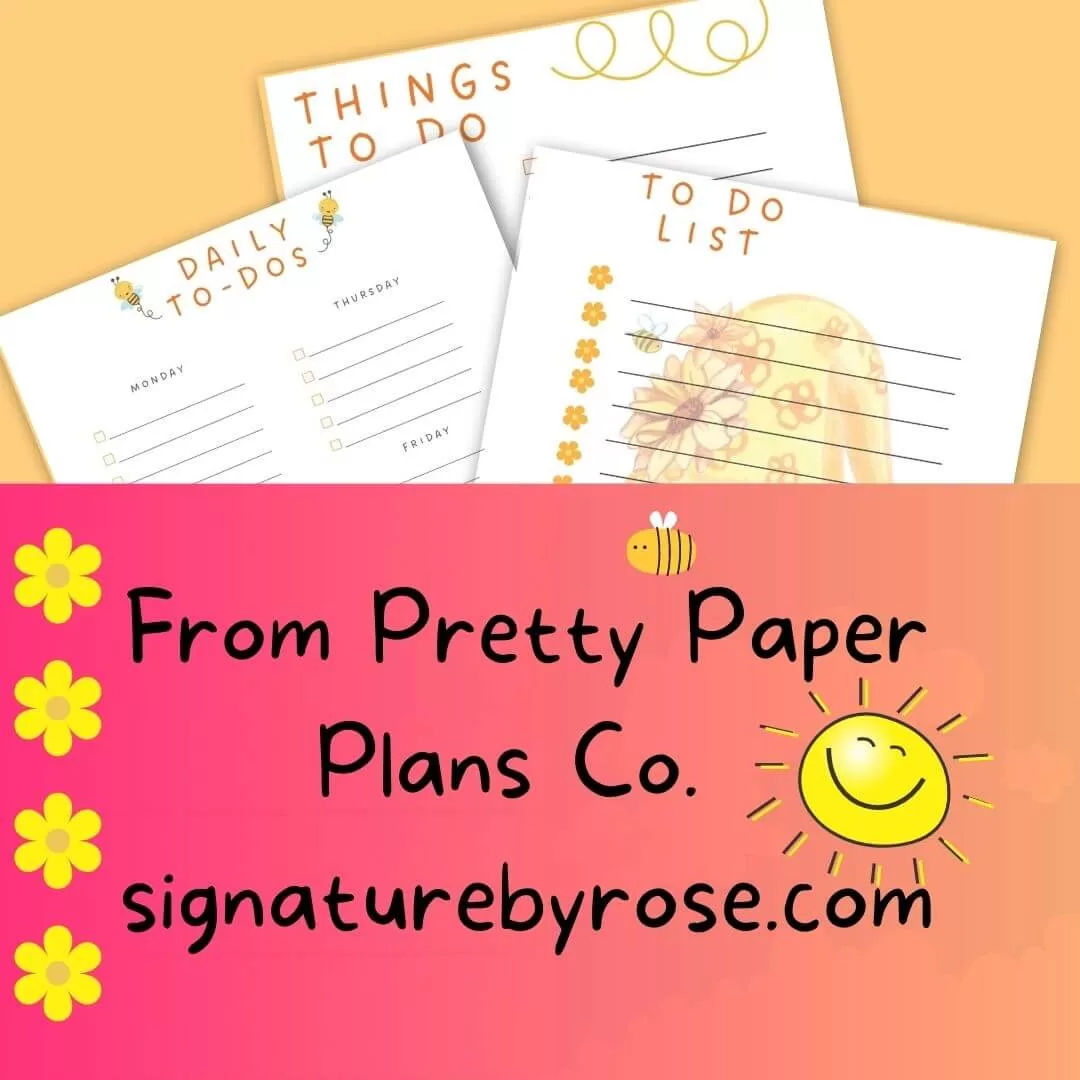
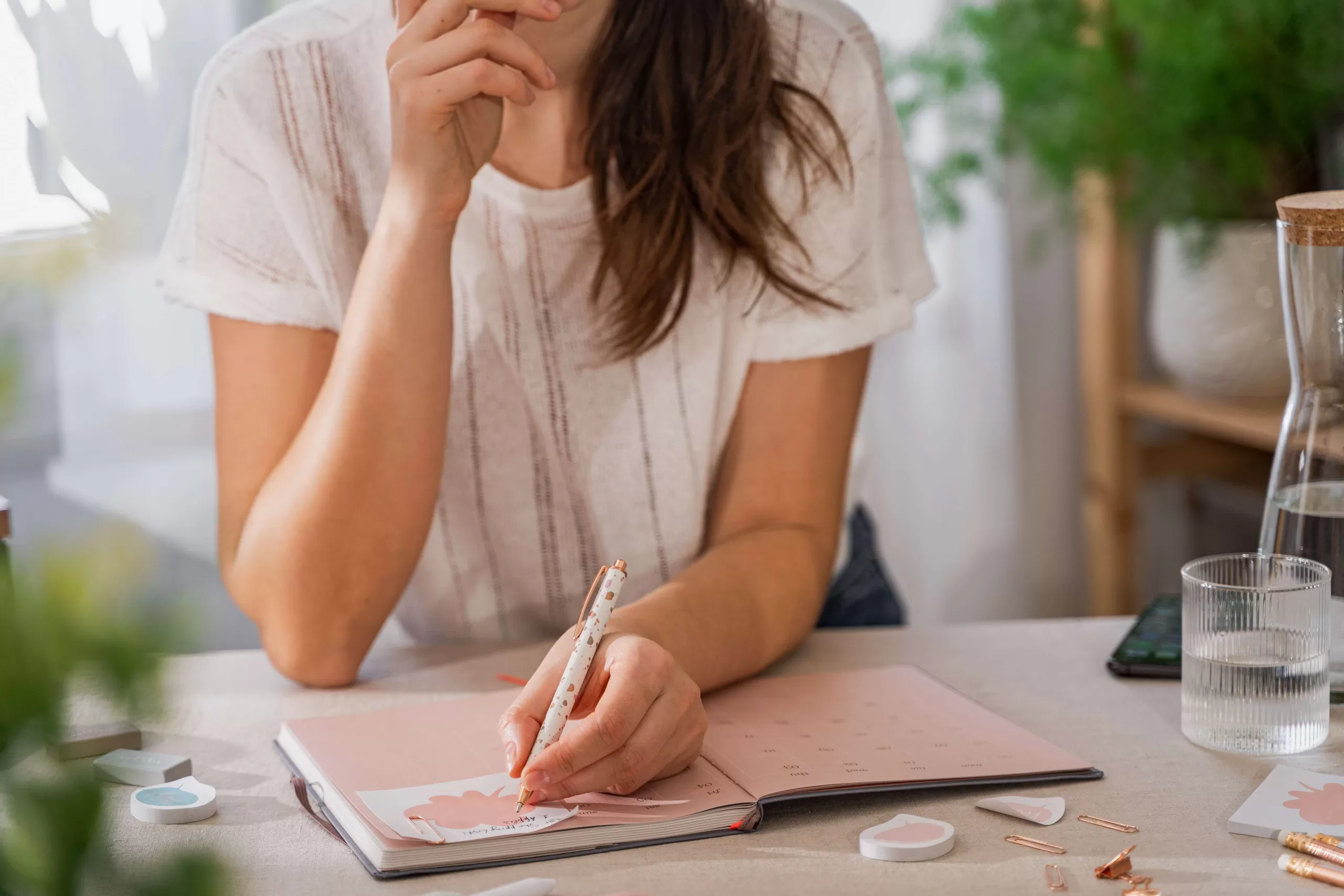
7 Comments